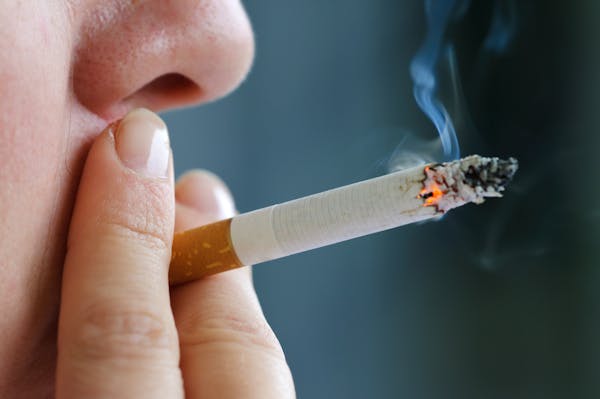"Style is everything," said Diana Vreeland, who ruled fashion for decades with bursts of inspiration and a wave of her cigarette holder. For Vreeland, this was no handy catchphrase, but a mandate. To the 20th century's most fabulous doyenne of glamour, artifice was reality. Yet she also believed that "a new dress won't get you anywhere, it's the life you live in it."
The documentary "Diana Vreeland: The Eye Has to Travel" is a feast for fashion-history buffs and anyone who applauds unstoppable eccentricity. Made by Lisa Immordino Vreeland, the wife of one of her grandsons, the film burnishes more than it reveals, but it's a fitting tribute to the grandest of fashion's grande dames.
Vreeland, born a plain Jane with a pretty sister, spent her earliest years in Paris before moving with her erudite parents to New York. Despite her mother calling her an "ugly little monster," Vreeland grew up bold, dancing in Harlem during the 1920s -- "I was considered a little fast" -- and falling in love at first sight with debonair Brit Reed Vreeland.
Vreeland was hired by Harper's Bazaar when she was in her mid-30s because the editor liked a dress she was wearing. Her "Why Don't You ..." column quickly became legendary for its blithe promotion of outlandish notions like "Why don't you ... wear violet velvet mittens with everything?"
During her swinging-'60s reign as editor-in-chief of Vogue, Vreeland didn't cover fashion, she was fashion. She coined the term "youthquake" to describe the teen takeover of popular culture in the 1960s, which she wholeheartedly embraced.
Interviews with the likes of George Plimpton and Diane Sawyer give glimpses of Vreeland's elegant grandiosity. The notables who credit her with revolutionizing her field include Avedon, Givenchy, Veruschka and Anjelica Huston. Before Vreeland, fashion magazines mixed spreads of society ladies modeling couture with recipes. Vreeland's attitude, Huston said, was "Pie? Who cares about pie when there's Russia?"
Moon-faced '60s model Penelope Tree said working with Vreeland "was like surfing ... you had to survive that wave." But for all D.V.'s devotion to appearance, she championed personality over perfection, showcasing Barbra Streisand's nose and the gap in Lauren Hutton's teeth, and was a pioneer of inclusion, featuring non-white models. She was also generous with encouragement, helping launch the careers of Diane von Furstenberg and Manolo Blahnik, among others.
Vreeland was the mother of self-reinvention, but not so much a mother to her two sons, who say that as children they longed for a more normal mom. The filmmaker could and should have delved deeper into her subject's psyche: Fewer scenes from "Funny Face" and more face time for the Vreeland sons and other intimates would have offered telling glimpses not only of what drove her, but what vulnerabilities she tucked beneath that infamous hair helmet.
Kristin Tillotson • 612-673-7046

This retired journalist changed professional wrestling from Mankato

All-Metro Sports Awards: Here are the 2023 winners

